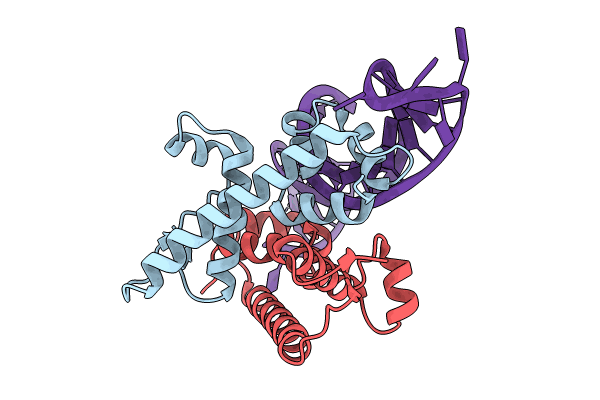
Deposition Date
2024-02-21
Release Date
2024-07-24
Last Version Date
2024-08-14
Entry Detail
Biological Source:
Source Organism:
Pectobacterium phage ZF40 (Taxon ID: 1127516)
Host Organism:
Method Details:
Experimental Method:
Resolution:
2.61 Å
Aggregation State:
PARTICLE
Reconstruction Method:
SINGLE PARTICLE


